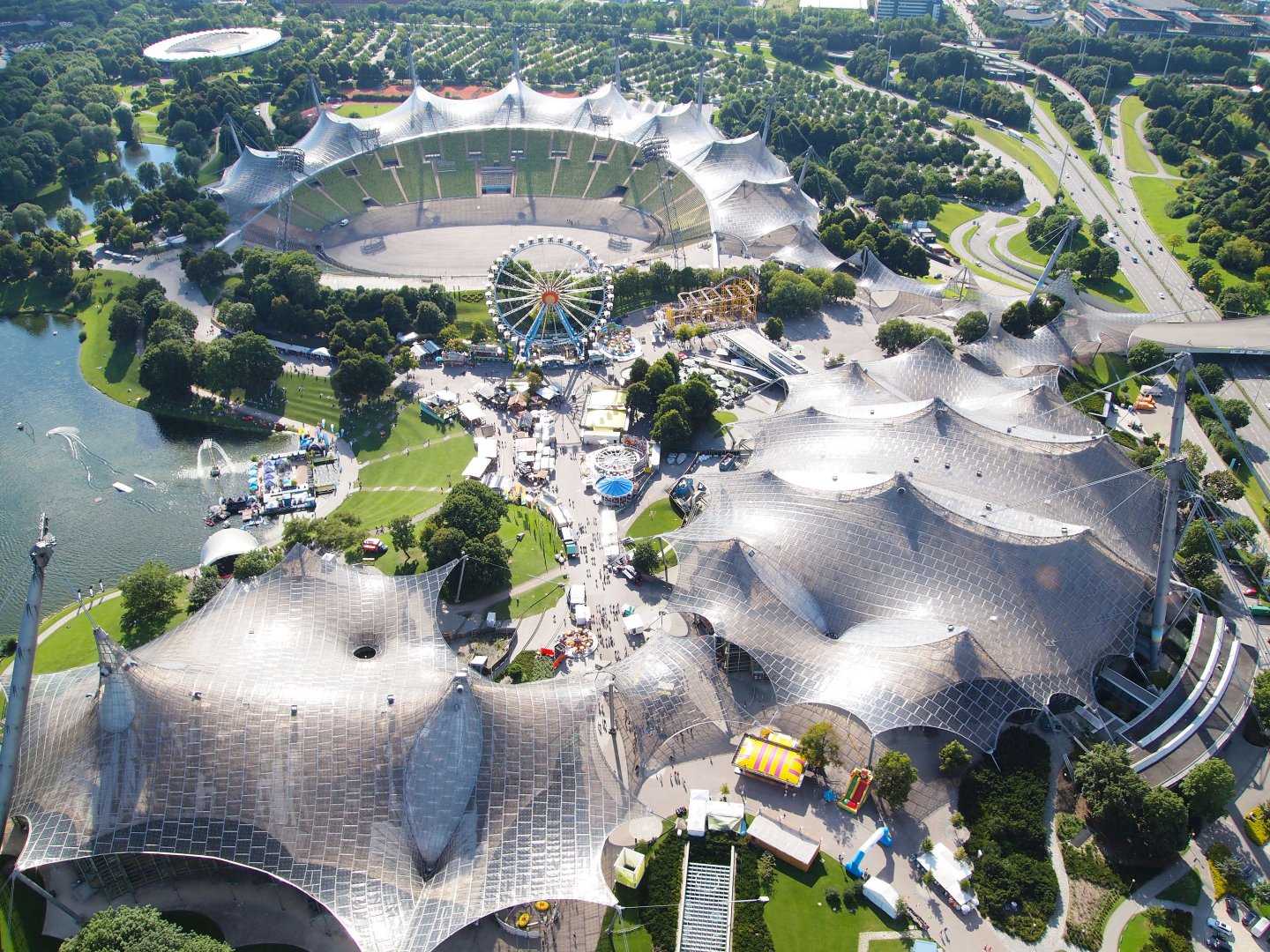
Graph-based Inverse Structural Form-Finding of Discrete Surface Structures
Please login to view abstract download link
The design of form-active surface structures like shells and membranes involves achieving static equilibrium while conforming to architectural goals. Structural form-finding methods like the Force Density Method (FDM) allow the design of such equilibrium structures, but lack explicit control over the final geometry. Inverse form-finding with Machine Learning (ML) offers a compelling alternative—predicting equilibrium structures that closely match a given input target geometry. We propose a solution for the inverse form-finding of discrete surface structures that generalizes across structures of various topologies, and various force signs including compression-only, tension-only and mixed tension-compression structures. This is achieved through a novel combination of three methods: first, the use of graph-based ML approaches to support generalization across various topologies; second, a hybrid learning strategy that combines data-driven pre-training with a physics-based fine-tuning loss, enabling accurate prediction of mixed tension-compression force densities while ensuring equilibrium via a differentiable Force Density Method (FDM); and third, the integration of an E(3)-Equivariant Graph Neural Network (EGNN) architecture that inherently respects Euclidean symmetries—translations, rotations, and reflections—resulting in improved performance, especially on structures with a high degree of symmetry. Together, these components form a robust and scalable framework for inverse structural form-finding, that we demonstrate through its application on a composite trans-typological dataset of vault, cable net, and dome structures.

